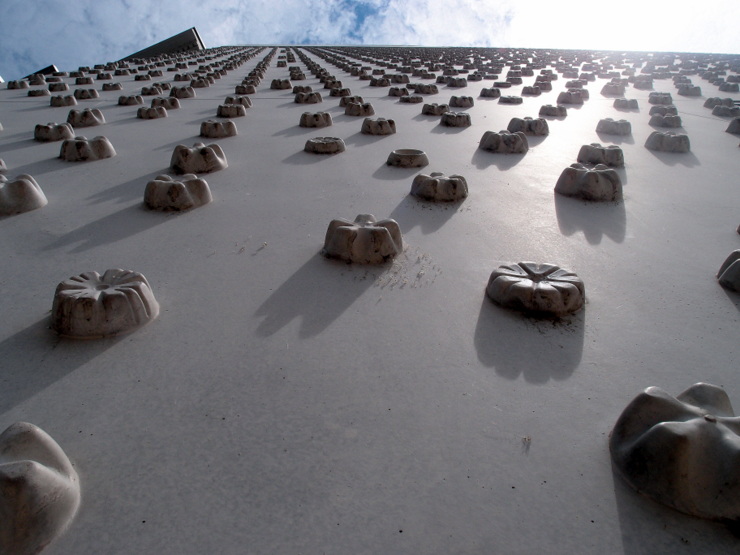
The facade of the Vorarlberg Museum in Bregenz is decorated with 16,656 concrete blossoms. The blossoms were formed by the bottoms of simple PET bottles. But this is not the only architectural peculiarity of this museum in the Vorarlberg capital.
Browse through your travel destination!

The facade of the Vorarlberg Museum in Bregenz is decorated with 16,656 concrete blossoms. The blossoms were formed by the bottoms of simple PET bottles. But this is not the only architectural peculiarity of this museum in the Vorarlberg capital.
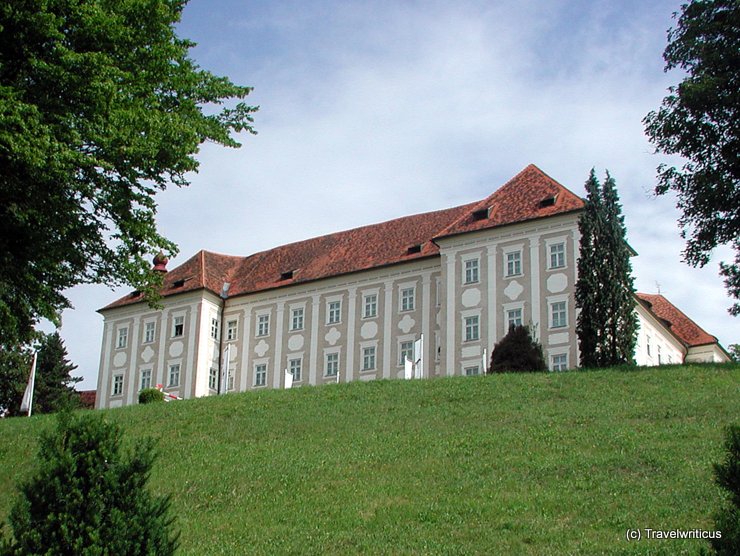
Piber Castle (Schloss Piber) is a palace in the Austrian state of Styria. It stands next to the Federal Stud Piber. This stud is known for breeding the famous Lipizzaner stallions you see at the Spanish Riding School in Vienna.

The pilgrimage church Maria Straßengel stands in Judendorf-Straßengel, a site in the Austrian municipality of Gratwein-Straßengel. A famous exhibit in this church is a fir root in the shape of a crucifix. Visitors can see this piece on request only.

Hikers get this view of Dürnstein Castle (Burgruine Dürnstein) after taking the trail up from Dürnstein. Legend says Richard I of England, aka King Lionheart, was imprisoned here for a short period. Several info boards inform about this story next to the castle walls.
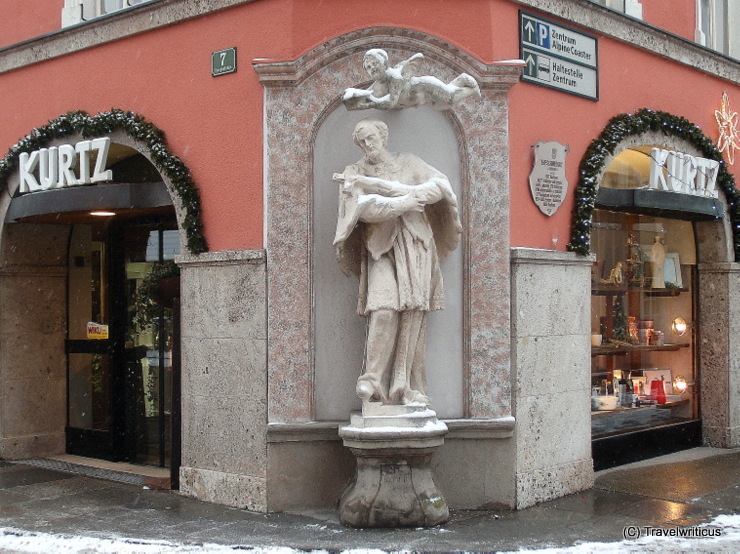
This statue of Saint John of Nepomuk is located at a building named Eheschmiedhaus. The buildings is dating back to 13th century, the sculpture was created in the first half of 18th century. Love the flying angel above his head.

Wiesberg Castle (Schloss Wiesberg) stands next to the Trisanna railway bridge in the Austrian state of Tyrol. This bridge spanning the Trisanna Gorge became famous in 1964 for being replaced by a newer one within a few hours.
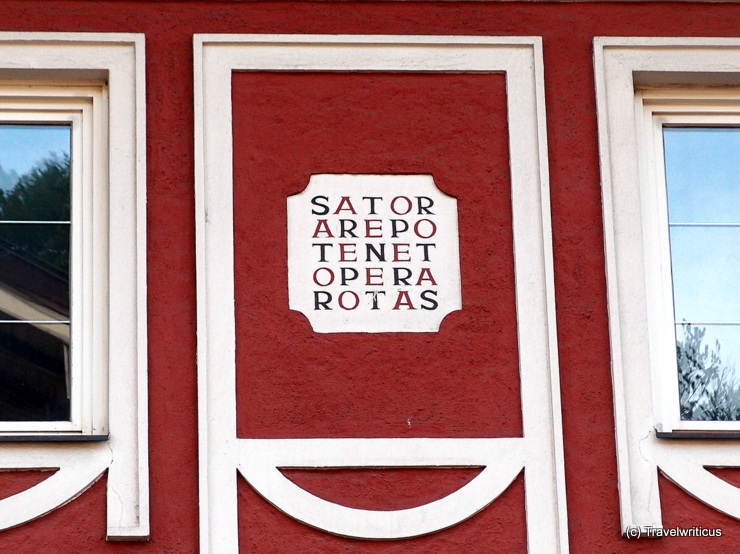
You find this Sator Square on a facade in Golling an der Salzach. The Sator Square, also known as Rotas-Sator Square, is a word square containing a five-word Latin palindrome.

An elaborate version of a sundial on a chapel in Hinterbichl, a district in Prägraten am Großvenediger. The table provides info on how to calculate the exact time considering the different altitudes of the sun during the year.
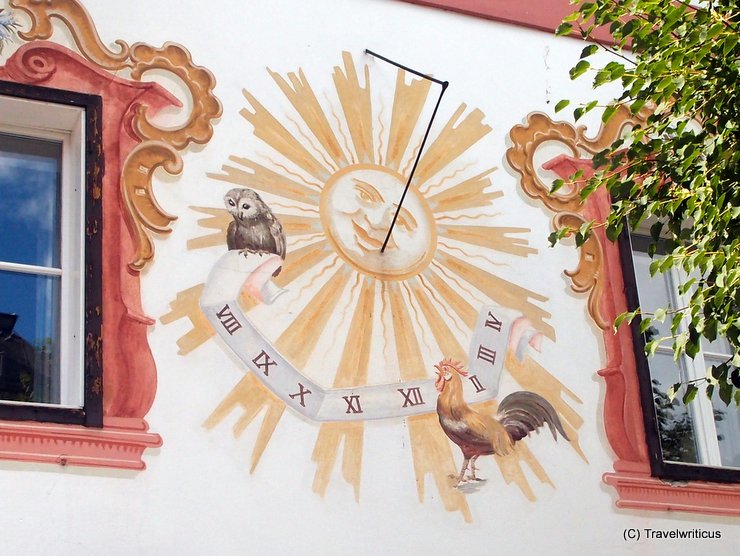
You find this sundial on a building in the Austrian city of Zell am See. A rooster and an owl represent morning and evening. Whereas the painting seems modern, the town offers several buildings dating back to the Middle Ages.
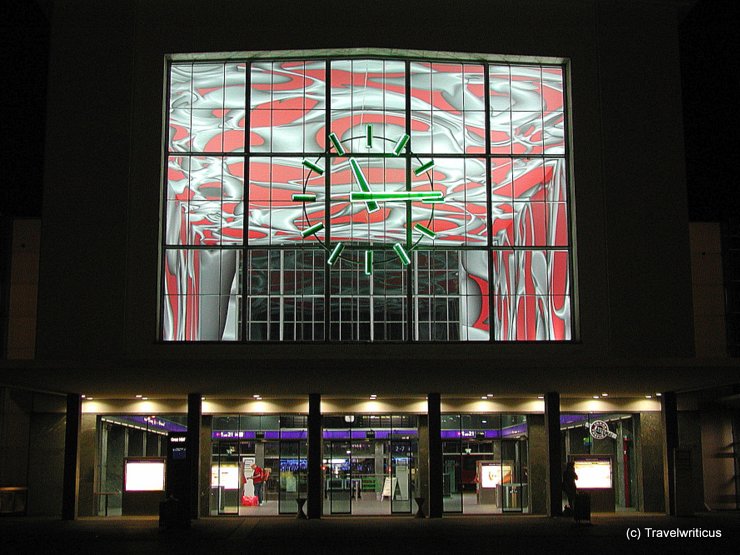
In 2003, the capital city of Styria got the title “European Capital of Culture”. In the same year, Graz Central Station saw a major renovation. Artist Peter Kogler was elected to decorate the entrance hall of the railway station.
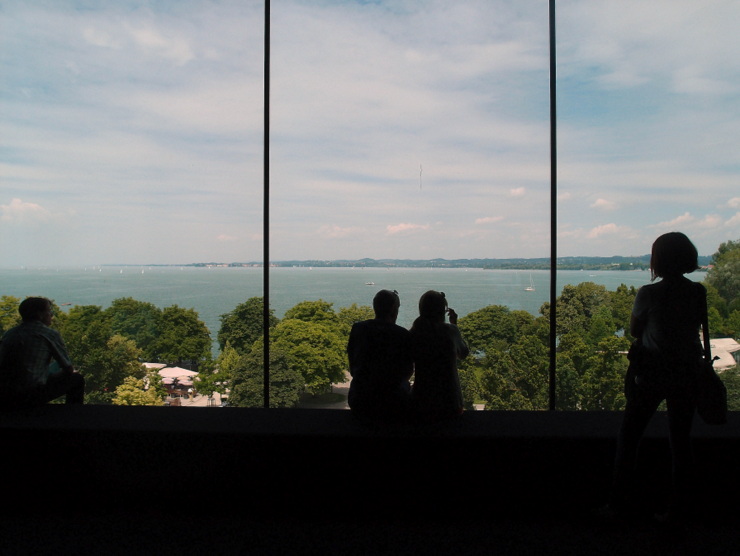
The Vorarlberg Museum in Bregenz offers a room with a great view of Lake Constance on its top floor. As its walls consist of noise-reducing material, you can enjoy the inspiring scenery in deep contemplation.
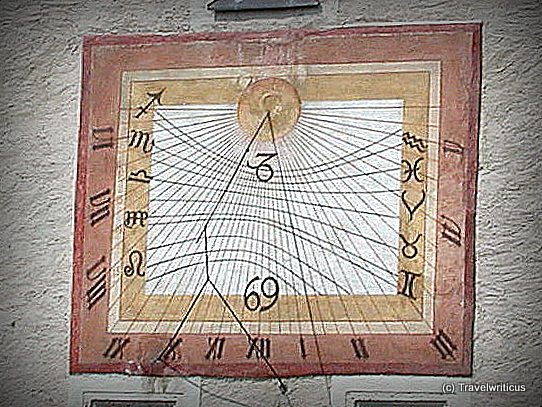
Sundial fans find this piece on an outer wall of St Mary’s Church in Maria Saal. The church is also known as Propstei- und Wallfahrtskirche Mariae Himmelfahrt or Maria Saaler Dom.